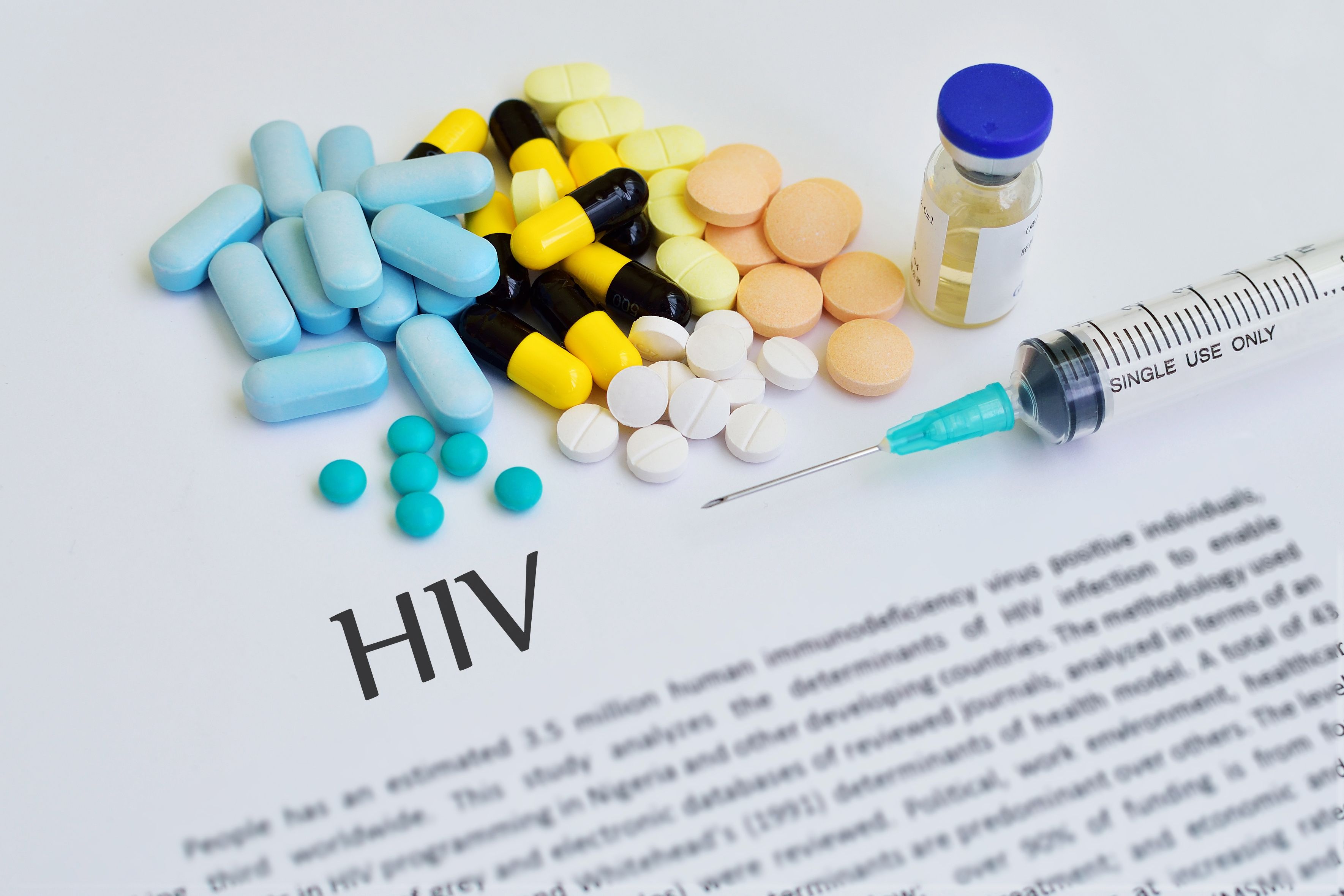Article
Collaborative, Multidisciplinary Care Has Positive Impact on Viral Suppression in HIV
Author(s):
Two studies presented at the 2018 Infectious Disease Week conference held in San Francisco, California, add to a pile of research demonstrating the positive impact of collaborative, multidisciplinary care in the HIV population, specifically on viral suppression.
It’s well known that collaborative, multidisciplinary care provides substantial benefits for patient care and patient outcomes, and HIV care is no exception. Two studies presented at the 2018 Infectious Disease Week conference held in San Francisco, California, add to a pile of research demonstrating the positive impact in the patient population, specifically on viral suppression.
The first study explored the clinical impacts of the Patient-Centered HIV Care Model, which was developed to integrate community pharmacists with HIV providers in order to provide patient-centered HIV care. The project required 10 clinics to share patients’ medical histories, laboratory results, and medications with their partnered community-based pharmacists.
Pharmacists assessed the data and worked directly with participants and/or their partnered clinics to make recommendations and discuss potential intervention strategies for identified therapy-related problems for 765 enrolled patients.
To read more on factors that impact viral suppression, click here.
Examining the impact of the project, the researchers compared viral suppression rates from before and after model implementation and used multivariable logistic regression to determine factors associated with viral suppression post implementation.
Following implementation of the project, viral suppression rates jumped from 73.9% to 85.9%. Those who adhered to medication, were currently employed, and were older than 50 years were more likely to be virally suppressed. While non-Hispanic blacks were less likely to be suppressed, viral suppression among those patients increased from 62.5% to 77.6% following implementation.
Viral suppression is also more likely when patients diagnosed with both HIV and cancer are followed in an integrated, multidisciplinary infectious disease/cancer clinic, according to the second study.
“Patients dually diagnosed with HIV and cancer have poorer outcomes compared to general cancer patients,” explained the authors of the study. “HIV management in the setting of cancer is complicated by specialist involvement, drug-drug interactions, and overlapping drug toxicities.”
The researchers followed HIV-infected patients who were diagnosed with any cancer between January 1, 2012, and December 31, 2016, as they enrolled in care at a multidisciplinary clinic—with HIV specialists, pharmacists, and social workers—embedded into the University of Maryland’s Outpatient Cancer Center.
A total of 51 patients seen in the clinic during the study period were compared with a historical cohort of 565 patients from 2007 to 2011. Viral suppression at cancer diagnosis was similar among the 2 cohorts (42% before vs 40% after the clinic). However, by the end of the study period, 75% of patients in the postclinic cohort achieved viral suppression compared with 63% in the preclinic cohort.
Patients in the integrated clinic were 1.41 times more likely to be virally suppressed at the end of follow up.
“Further research is required to investigate the impact of multidisciplinary care on other endpoints (antiretroviral adherence, adverse events, opportunistic infections) to further elucidate the benefits of a holistic approach to care for this unique population of patients,” noted the authors.
2 Commerce Drive
Suite 100
Cranbury, NJ 08512
© 2025 MJH Life Sciences® and AJMC®.
All rights reserved.





